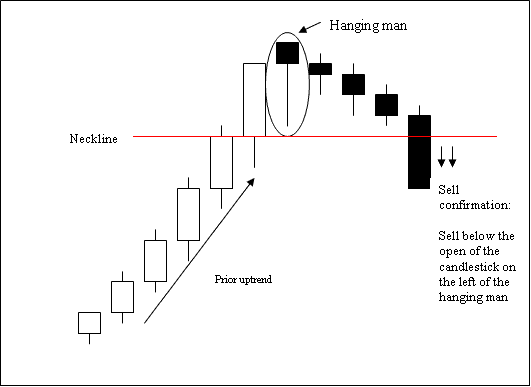Want to get better at trading? You could start by playing poker.
If you play poker, you will know that it is all about probabilities. How do the top poker players in the world stay consistently on top? If it's purely based on luck and chance, there must be something else these people are doing differently that sets them apart from the rest of the retail gamblers who just hope the cards (stock market) go in their favour.
So how does this apply to trading stocks? Well, in my opinion, the key to success when playing poker or trading is all about managing risk. I can't stress this enough!
The Table
One of the key factors that influence a poker player's decision is the number of people still in the hand. Not only that, they also anticipate how each player would reach to the different decisions that could be made. They then evaluate the different outcomes and execute the best alternative.
Similar to the stock market, you have to understand the general market sentiments and how you can utilise them to your benefit.
Going On Tilt
Some times you get dealt a hand that is rubbish. You know you should immediately fold (throw away) the hand without a second thought. But some of us will continue to bet with such hands because of "tilt".
"Tilt" is defined by UrbanDictionary as
Gambling term (most common in poker) describing an angry or "reeling" state of mind usually caused by a big or unlucky loss. People playing on tilt play below their usual ability and usually make larger and more aggressive bets to try to quickly recover their loss.
Just like the stock market, sometimes after a losing streak, humans will go on "tilt". They will take trades that they usually wouldn't just to cover their losses. This emotion is a very powerful one that can overwhelm us to make stupid decisions, which will only cause more damage to your account.
Analysing The Setups
Most poker players will look at their 2 cards dealt to them and have a pretty clear idea what they are going to do with it immediately. Within seconds, they analyse the number of people who are still playing, the risk involved, etc.
Just like trading, you have to be able to recognise a setup quickly. Whether you should long, short or even do nothing, all these will have to be clear to you or your trades will be inconsistent and subjective. If you can develop a trading plan that is objective and straight to the point, you will be less likely to trade with emotions and follow that trading plan of yours.
Going All In
If you're an amateur poker player, chances are you will not go all in on a single hand. You will only do that if you are very certain that you have the winning hand.
Similar to trading, if you're new to trading, you will never risk your entire account size on one position. Instead, we diversify our risk by taking up multiple positions. Even if you are a seasoned trader, it is very unlikely that you will risk your entire account on one position because there's just no way to be 100% that the stock market will go your way.
What do you think? Is trading and playing poker similar to you? Leave your thoughts in the comments section; I'd love to hear your views.
As always, happy trading.
Cheers.




























